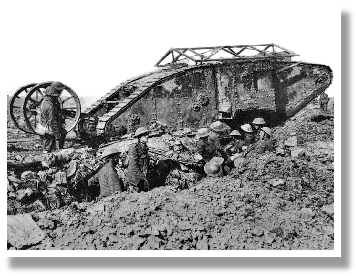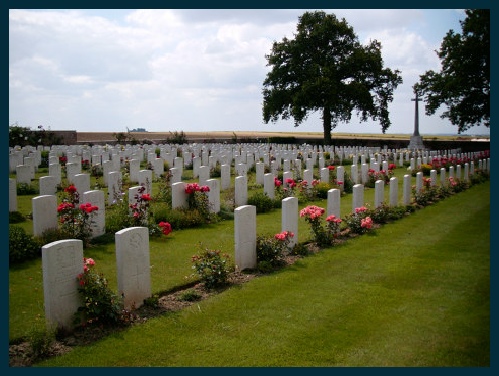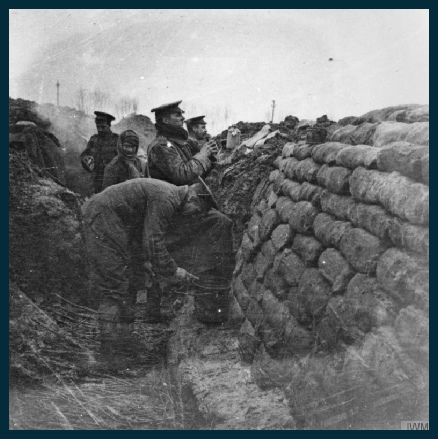Copyright © All rights reserved.



John Johnson
John Johnson was born in the second half of 1893 at Whinflower Hall, Settrington and was the eldest son of Charles and Annie Louisa (nee Metcalfe) Johnson who married in the Pickering area in the third quarter of 1886. The couple and five of their six children were living at Whinflower Hall in 1901.
1901 Census-
JOHNSON, Charles, Head, Married, M, 43, Farmer, Whinflower Hall, Yorkshire,
JOHNSON, Alice L, Wife, Married, F, 39, , Malton, Yorkshire,
JOHNSON, Naura, Daughter, , F, 10, , Settrington, Yorkshire,
JOHNSON, John, Son, , M, 7, , Settrington, Yorkshire,
JOHNSON, Frank, Son, , M, 5, , Settrington, Yorkshire,
JOHNSON, Alex, Son, , M, 3, , Settrington, Yorkshire,
MINTOFT, E J, Servant, Single, F, 23, Mother Help, Middleton, Yorkshire,
NEUDICK, A, Servant, Single, F, 20, General Domestic Servant, Thorpe Basset, Yorkshire,
TAYLOR, Harry, Servant, Single, M, 20, Waggoner On Farm, Settrington, Yorkshire,
DENNIS, George, Servant, Single, M, 18, Teamster On Farm, Essex,
SPOONER, Joseph, Servant, Single, M, 17, Teamster On Farm, Essex,
GOLDMAN, James, Servant, Single, M, 16, Teamster On Farm, Norfolk,
DOUTHWAITE, James, Servant, Single, M, 30, Shepherd On Farm, Settrington, Yorkshire,
GRAY, George, Servant, Single, M, 15, Teamster On Farm, Malton, Yorkshire,
TAYLOR, William, Servant, Married, M, 51, Shepherd On Farm, Unknown, Yorkshire,
In 1911 the family was resident at Whinflower Hall and John’s occupation is given as Apprentice Corn Factor. The Malton Messenger records that before the war he worked for Messrs W. Metcalfe and Sons, millers in Malton and this firm was presumably owned by members of his mother’s family
1911 Census-
JOHNSON, Charles, Head, Married, M, 51, Farmer, Whinflower Hall Settrington Yorkshire,
JOHNSON, Annie Louisa, Wife, Married25 years, F, 47, , Malton Yorkshire,
JOHNSON, Florence, Daughter, Single, F, 24, Farmer's Daughter Dairyman, Whinflower Hall Settrington Yorkshire,
JOHNSON, Mabel, Daughter, Single, F, 23, , Whinflower Hall Settrington Yorkshire,
JOHNSON, Nora, Daughter, Single, F, 20, , Whinflower Hall Settrington Yorkshire,
JOHNSON, John, Son, Single, M, 17, Apprentice Corn Factor, Whinflower Hall Settrington Yorkshire,
JOHNSON, Frank, Son, Single, M, 15, School, Whinflower Hall Settrington Yorkshire,
JOHNSON, Alec, Son, , M, 14, School, Whinflower Hall Settrington Yorkshire,
RUFFILL, Albert, Servant, Single, M, 16, Horseman On Farm, Maldon Essex,
DAWES, Bernard, Servant, Single, M, 18, Horseman On Farm, Haverhill Suffolk,
MALLARD, Percival J, Servant, Single, M, 18, Horseman On Farm, Walthamstow Essex,
TURNER, William, Servant, Single, M, 18, Farm Labourer, Parish Suffolk N K,
John enlisted in Malton in the 2nd Battalion of the Scots Guards. In November 1914, the 2nd Battalion had landed in France and taken part in the First Battle of Ypres which took place between September and November. In 1915, they took part in the Battle of Neuve Chapelle, the Battle of Aubers and the Battle of Festubert.and in August, they were transferred to the Guards Division joining the 3rd Guards Brigade.
In September 1915, they took part in the Battle of Loos and the regiment suffered over 500 casualties. It must have been about then that John joined them as his Medal roll card shows him entering the Theatre of War on 6th October 1915
In September1916, the Scots Guards entered the Somme Offensive, taking part in the subsidiary Battle of Flers- the first introduction of the tank.
the first introduction of the tank.
Launched on the 15th of September 1916 Flers-
The project to develop the 'Land Battleship' had commenced in the summer of 1915 under the initiative of the British Landships Committee with the objective of developing an armoured vehicle that would break the deadlock of trench warfare. Under the highest degrees of secrecy the 'tank', as it later became known, was designed and built with the first prototype of the Mark I rolled out in January 1916.
Just less than six months after its first tests, General Sir Douglas Haig had wanted to launch the first mass tank attack on the opening day of the Battle of the Somme. However, the manufacturers could not have the tanks ready in time for the first attacks on July 1. Two and a half months later, as Flers-
The Canadian Corps made their debut on the Somme, here and saw considerable first day success on 15 September, advancing approximately two kilometres in their initial attacks, capturing their assigned objectives in and around Courcelette village. After having struggling for the preceding two months to take control of it, on the commencement of the battle, the British 47th (1/2nd London) Division succeeded in clearing the last German-
In the centre of the attack, two villages were captured, Martinpuich and Flers, but these were more than 2,000 yards short of the lofty final planned objectives of the fortified villages of Gueudecourt and Lesbœufs which lay still further to the east.
To the south, on the right flank of the attack, where Haig had hoped the hole would be opened in the German lines to allow the cavalry penetration and breakthrough, the attacks faltered. The artillery preparation and tank support did little to neutralise the defenses and left the trenches and wire protecting the position largely intact. The Guards Division made considerable headway, advancing 2,000 yards, but they were stopped short of their ultimate objective, the village of Lesbœufs. To take the remaining objectives, the British Fourth Army launched the Battle of Morval on 25 September.
The performance of the tanks was patchy. Of the 49 ordered only 32 were able to reach their assigned start positions on the battlefield and of them, seven failed to start -
The Battle of Morval, which began on 25 September 1916, was an attack on the German-
John Johnson died of wounds on the 26th September 1916but whether these were sustained at Flers-

